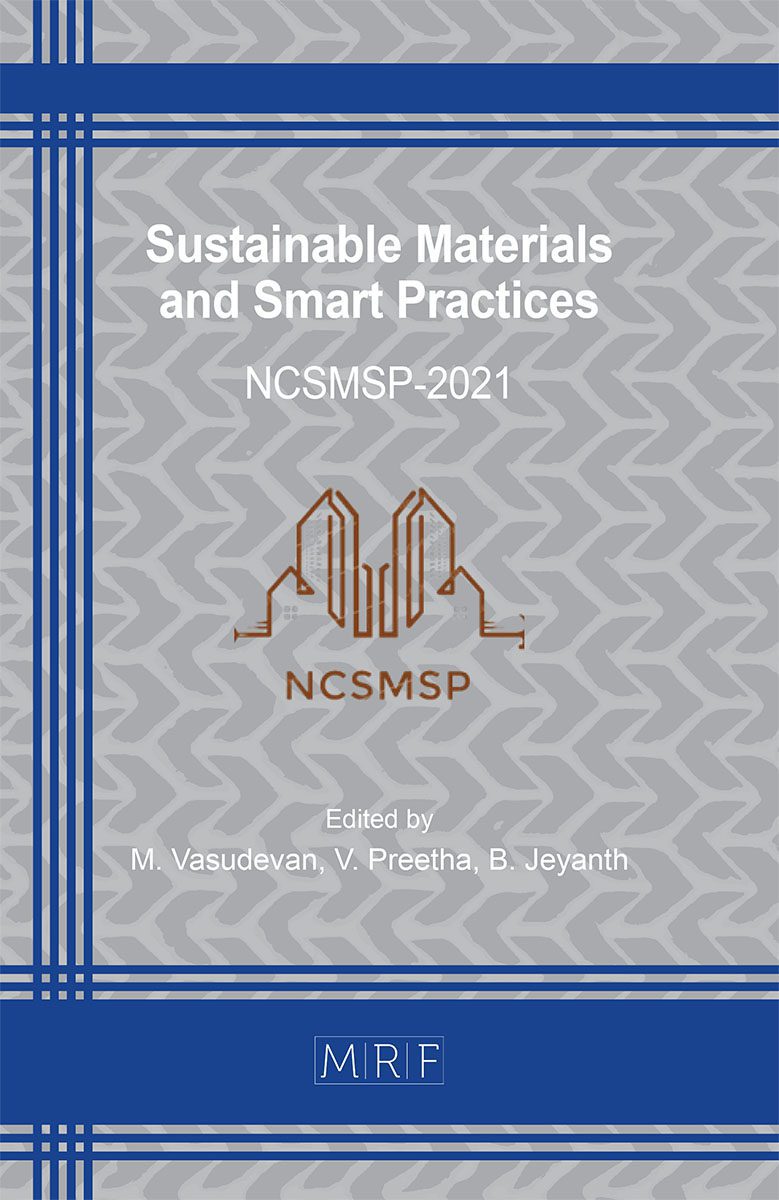Moment Resisting Steel Connections for the Improvement of Light Gauge Cold Formed Steel Structures
R. Ashwathi, S.P. Keerthana, K.P. Sandhitya
download PDFAbstract. Steel has much importance over other construction materials in recent days because of its high strength and ductility. It has high resistance to tension when compared to concrete in compression. This paper mainly focuses to evaluate the beam column rolled and cooled formed steel connection by moment resistant connection with the help of stiffened, unstiffened and splices connections. Due to its economical development and best seismic performance by various shapes in cross sectional area and different connections it has been widely used. By clubbing these criteria, it results to study the seismic performance of cold formed steel sections area using different moment resistance connection. At long last the report result the graft association has best second opposition association, seismic safe of designs, load conveying limit is high what’s more, least weight contrast and different sorts of associations. The join association load conveying limit is high, so we can diminish the size of segment and forestall the base shear because of decreasing the heaviness of the designs.
Keywords
Cold Framed Steel, Stiffened Connections, Load Deflection, Splice Connection
Published online , 11 pages
Copyright © 2022 by the author(s)
Published under license by Materials Research Forum LLC., Millersville PA, USA
Citation: R. Ashwathi, S.P. Keerthana, K.P. Sandhitya, Moment Resisting Steel Connections for the Improvement of Light Gauge Cold Formed Steel Structures, Materials Research Proceedings, Vol. 23, pp 370-380, 2022
DOI: https://doi.org/10.21741/9781644901953-42
The article was published as article 42 of the book Sustainable Materials and Smart Practices
![]() Content from this work may be used under the terms of the Creative Commons Attribution 3.0 licence. Any further distribution of this work must maintain attribution to the author(s) and the title of the work, journal citation and DOI.
Content from this work may be used under the terms of the Creative Commons Attribution 3.0 licence. Any further distribution of this work must maintain attribution to the author(s) and the title of the work, journal citation and DOI.
References
[1] S.K.Duggal “Limit State Design of Steel Structures”.
[2] N. Subramanian “Design of Steel Structures based on Limit state Method of design as per standardized code IS:800:2007.
[3] S.S Bhavikatti “Design of steel structure by limit state method as perIS: 800:2007″.
[4] IS: 801:1975 Code of Practice for Use of Cold Formed Light Gauge Steel Structural Members in General Building Construction.5.IS811:1987 Specification for Cold Formed Light Gauge Structural Steel Section.
[5] IS 800 Code of Practice for General Construction in Steel , Bureau of Indian Standards,NewDelhi,2007
[6] IS 1893 -2002 ” Criteria for Earthquake Resistance and Construction of Buildings “Bureau of Indian Standards, New Delhi
[7] A Jayaraman (etal) “Seismic Performance of Cold Formed Steel and Conventional Steel of Industrial Structures Using Splice Connections” International Journal of Recent Technology and Engineering” ISSN: 2277-3878, Volume-7 Issue-4S2,December2018.
[8] JEROMEF(etal)”ContinuityPlateDetailingforSteelMoment-ResistingConnections “ENGINEERING JOURNAL”, September-2003.
[9] Seyed Mohammad Mojtabaei (etal) “Efficient design of cold-formed steel bolted-moment connections for earthquake resistant frames” Thin-Walled StructuresISSN0263-8231 January2019. https://doi.org/10.1016/j.tws.2018.12.015
[10] M.Dundu (etal) “Angle Cleat Base Connections”20th International Specialty Conference on Cold-Formed Steel structures November2010
[11] B. A. Ali, Structural performance of cold-formed steel frame with bolted moment connection [Ph.D. thesis], Universiti Teknologi Malaysia, 2012.
[12] D. Dubina and R. Zaharia, “Experimental evidence of semi-rigid behaviour of some cold-formed steel truss bolted joints,” in Proceedings of the International Conference on Experimental Model Research and Testing of Thin-Walled Steel Structures, Prague, Czech Republic, 1997. https://doi.org/10.1016/S0263-8231(97)00028-1
[13] V. F. de Paula, L. M. Bezerra, and W. T. Matias, “Efficiency reduction due to shear lag on bolted cold-formed steel angles,” Journal of Constructional Steel Research, vol. 64, no. 5, pp. 571-583, 2008. https://doi.org/10.1016/j.jcsr.2007.10.008
[14] J. R. U. Mujagic and W. S. Easterling, “Connections in cold-formed steel framing-designing with AISI, 2007: specification and application overview,” STRUCTURE Magazine, pp. 9-11, 2009.
[15] G. J. Hancock, “Cold-formed steel structures,” Journal of Constructional Steel Research, vol. 59, no. 4, pp. 473-487, 2003. https://doi.org/10.1016/S0143-974X(02)00103-7































